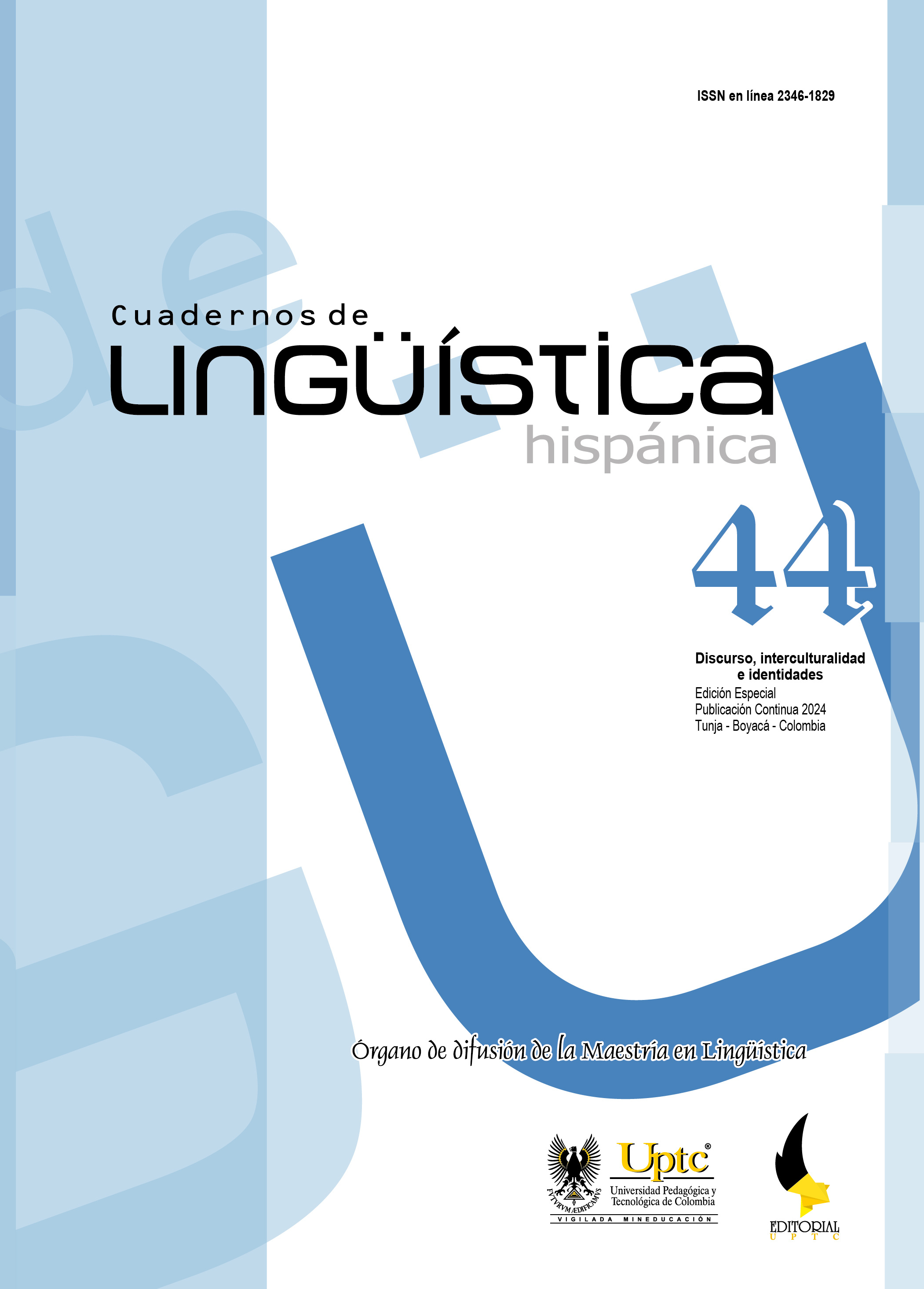Conceptual Processes in the Coining of Terms to Designate the Penis (American Spanish)

Abstract
The purpose of this research is to analyze the mental processing associated with the coining of words, specifically those denoting penis in American Spanish. To this end, the salient features of the ICM (Idealized Cognitive Model) of 241 words denoting penis, documented in the Dictionary of Spanish-Czech Americanisms, were studied. The results demonstrate the activation of a multitude of salient features throughout the coining process, emphasizing its shape, physiological characteristics, functions (reproductive and urinary), and the subjective perception of the speakers. Furthermore, it is not uncommon for multiple features to be combined and for further metaphors or metonymies to take place. It is concluded that this article sheds new light on the heterogeneity, peculiarities, and combinatorial possibilities of the salient features of the ICM during the minting process, illustrated by a concept, pene, which, given its cultural and social connotations, stands out for an unusual abundance of terms denoting it.
Keywords
linguistics, Spanish, Latin America, conceptualization, dictionary
References
- Allan, K. (2012). X-phemism and creativity. Lexis Journal in English Lexicology, 7, 5-42.
- Allan, K., & Burridge, K. (1991). Euphemism and Dysphemism: Language Used as Shield and Weapon. Oxford University Press.
- Barcelona, A. (2003). On the Possibility of Claiming a Metonymic Motivation for a Conceptual Metaphor. In A. Barcelona (Ed.), Metaphor and Metonymy at the Crossroads (pp. 31-58). Mouton de Gruyter.
- Barcelona, A. (2011). Reviewing the Properties and Prototype Structure of Metonymy. In R. Benczes, A. Barcelona & F. J. Ruiz de Mendoza Ibáñez (Eds.), Defining Metonymy in Cognitive Linguistics. Towards a Consensus View (pp. 7-58). John Benjamins.
- Barolsky, P. (1978). Infinite Jest: Wit and Humor in Italian Renaissance Art. University of Missouri Press.
- Booij, G. (2010). Construction Morphology. Oxford University Press.
- Černý, J. (2018). Španělsko-český slovník amerikanismů / Diccionario de americanismos español-checo. Univerzita Palackého v Olomouci.
- Cooper, B. (2008). Contribution to the Study of a Euphemism in the Intimate Lexis of Slavonic and Germanic Languages. Transactions of the Philological Society, 106(1), 71-91.
- Dokulil, M. (1962). Tvoření slov v češtině I. Teorie odvozování slov. ČAV.
- Fernández-Tresguerres, J. A. et al. (2005). Fisiología humana. McGraw-Hill Interamericana.
- Grzega, J. (2007). Summary, Supplement and Index for Grzega, Bezeichnungswandel, 2004. Onomasiology Online, 8, 18-196.
- Jackendoff, R., & Audring, J. (2020). The Texture of the Lexicon. Relational Morphology and the Parallel Architecture. Oxford University Press.
- Kos, P. (2023). The Role of Metonymy in Naming: If Longhair then Apple Tree and Teacher. Review of Cognitive Linguistics, 21(1), 86-114.
- Lakoff, G. (1987). Women, Fire, and Dangerous Things: What Categories Reveal about the Mind. University of Chicago Press.
- Langacker, R.W. (1991). Foundations of Cognitive Grammar. Stanford University Press.
- Langacker, R. W. (2008). Cognitive Grammar: A Basic Introduction. Oxford University Press.
- Mejía Prieto, J. (2005). Así habla el mexicano, diccionario básico de mexicanismos. (12.a ed.). Panorama.
- Montero Cartelle, E. (1996). Pene: eufemismo y disfemismo en gallego medieval. Verba, 23, 307-336.
- Penadés Martínez, I. (2019). Diccionario de locuciones idiomáticas del español actual (DiLEA). http://www.diccionariodilea.es/diccionario.
- Radden, G., & Panther, K. U. (2004). Introduction: Reflections on motivation. In G. Radden & K. U. Panther (Eds.). Studies in Linguistic Motivation (pp. 1-46). Mouton de Gruyter.
- Uribe, J. F. & Gaviria, J. A. (2008). Breve atlas de anatomía externa normal del pene. Revista Urología Colombiana, 17(3), 57-66.
- Viscarra, V. H. (2004). COBA, Lenguaje secreto del hampa boliviano. (3.a ed.). Editorial Correveidile.
